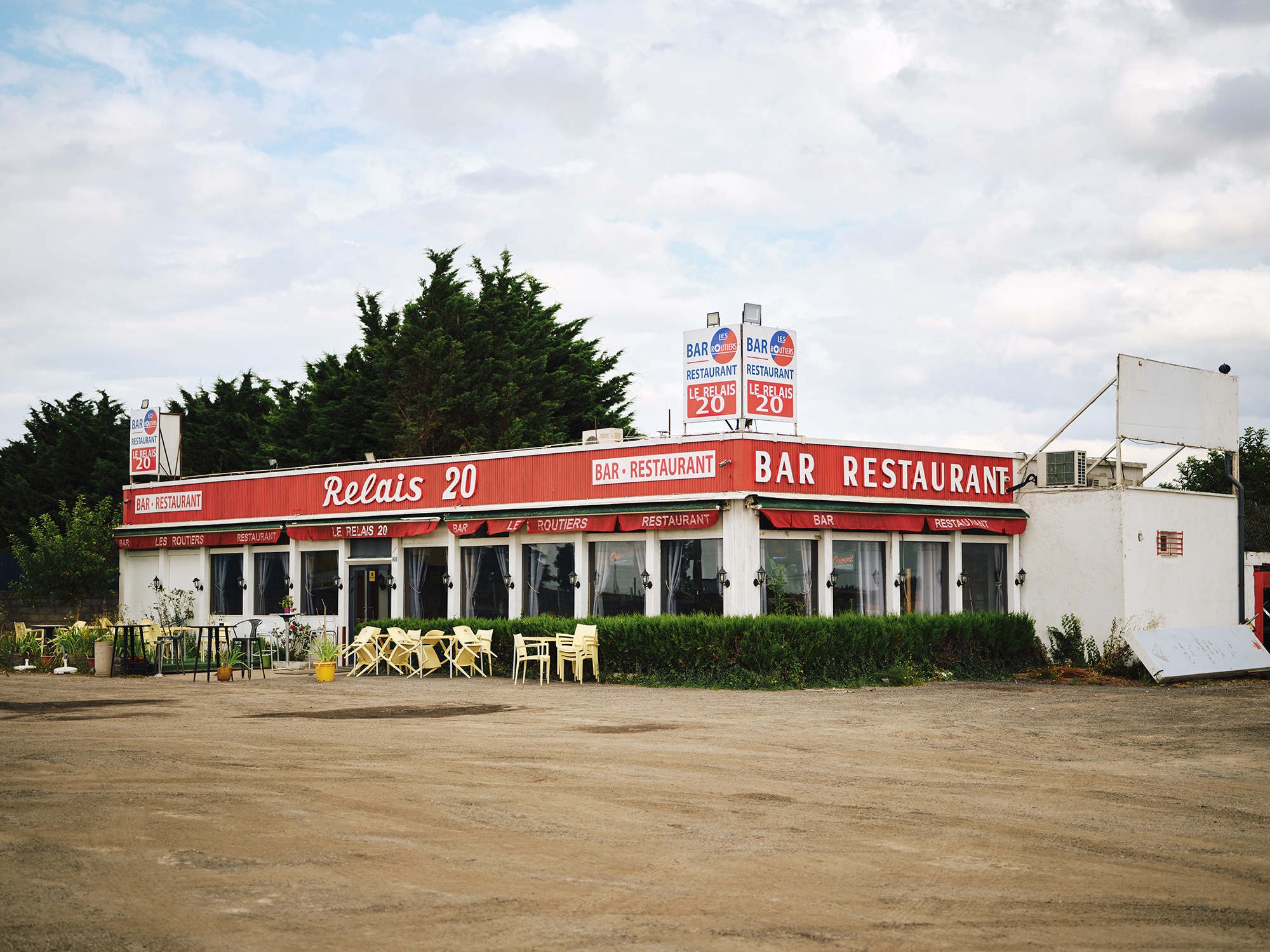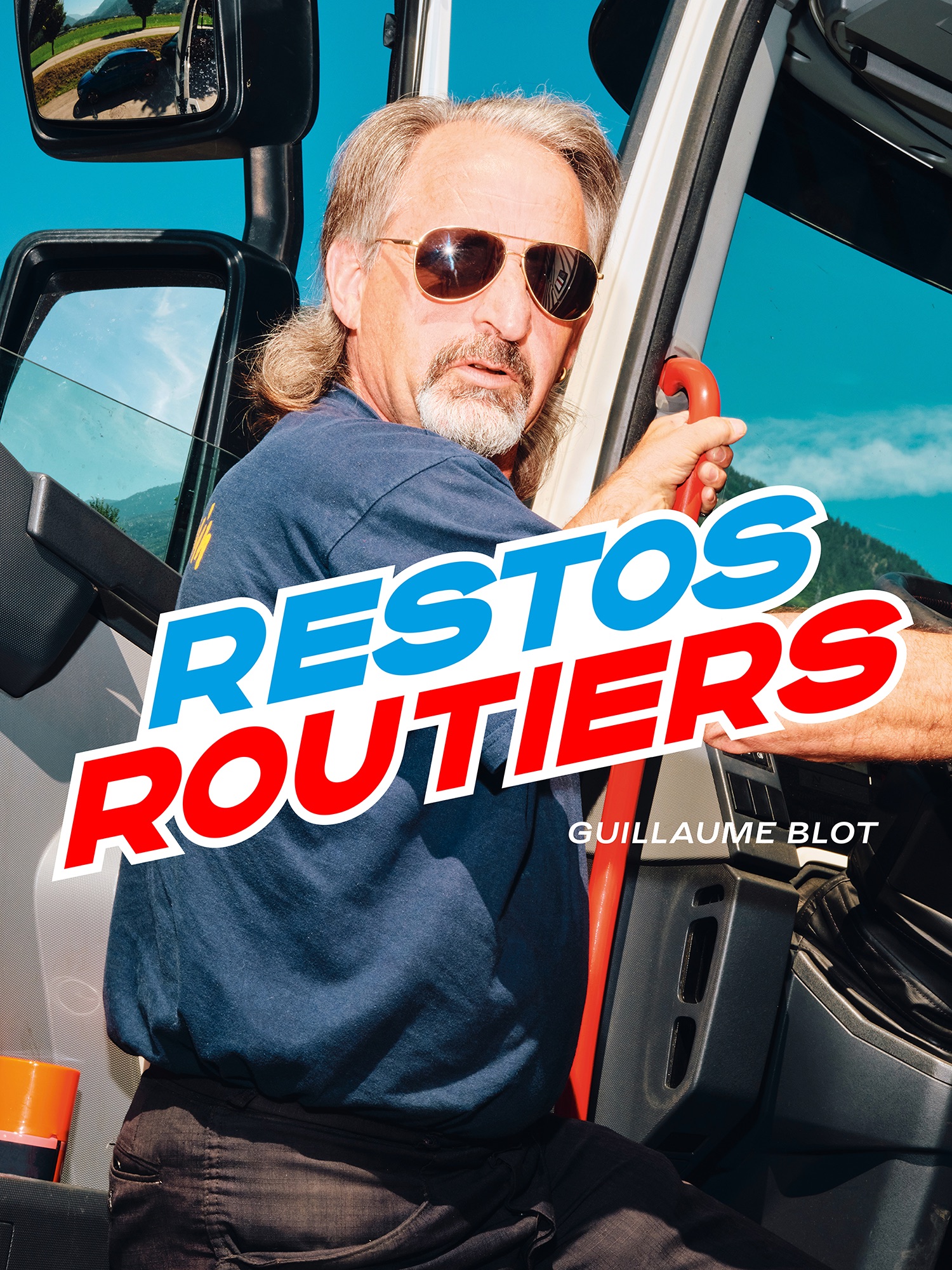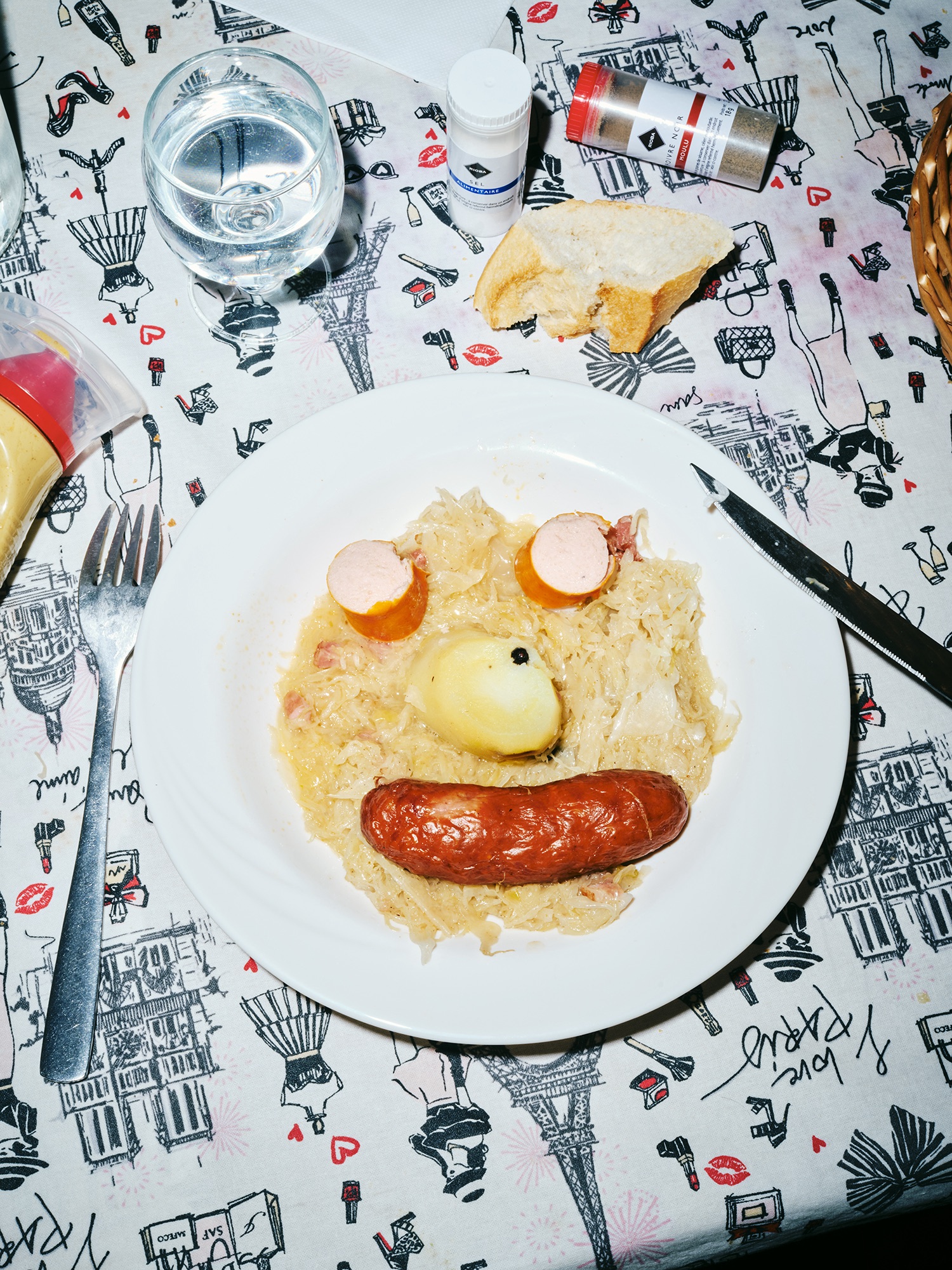Guillaume Blot, chief photographer of old-school France
At 36, this Nantes native is the new darling of food photography. But more than the cuisine, it’s the places that tell the story of France from days gone by. After "Rades," documented in a book of the same name in 2023 (Hoëbeke editions) — a critical and commercial success — he continues to explore traditional France with "Restos Routiers," available in bookstores since May 15, 2025.
At 36, this Nantes native is the new darling of food photography. But more than the cuisine, it’s the places that tell the story of France from days gone by. After "Rades," documented in a book of the same name in 2023 (Hoëbeke editions) — a critical and commercial success — he continues to explore traditional France with "Restos Routiers," available in bookstores since May 15, 2025.
Shining a light on everyday heroes and heroines
If one had to describe Guillaume Blot, one might say he's a mix of Raymond Depardon (the country’s observant eye) and Martin Parr (with cheerful, colorful, and offbeat images that make you smile). In recent years, the biggest newspapers and magazines have opened their pages to him, whether for commissioned photo reports or to spotlight his books — Brut and Libération did so just a few days ago. Guillaume’s obsession is telling the story of a France overlooked by the media and a part of the population. A France whose fragments disappear year after year. In sixty years, the number of establishments holding a “licence IV” has dropped from 200,000 to 40,000. That’s for bars and bistros, but the same holds true for truck stop restaurants: from 4,500 across the country in the 1970s, only 700 remain today. “Roland Barthes wrote in Camera Lucida (Gallimard, 1980) that a photograph is what has been — therefore it existed. As for me, I really want it to keep existing. There’s a political dimension in telling these everyday stories, of these heroes and heroines of daily life. It’s about shining a light on them, making people want to go and see them. Truck stop restaurants can be supported just by stopping in — on the way to your vacation or to work — instead of going to a franchise or other more sanitized spots on the highway.”
A future made of parcel pick-up points, mini-markets, and corporate seminars
It takes a lot of energy to run these establishments, where profit margins are tight (the hallmark of a truck stop restaurant is offering a set menu priced between 16 and 18 euros, including a quarter-liter of wine and coffee) and where the hours are long — even more so than in a traditional restaurant — since it’s sometimes possible to shower or even sleep on-site. All of which explains why there’s no rush to take over these places. Sometimes the children do, or outside candidates. “Young people don’t take over; it’s more often people from the road, former truck drivers,” Guillaume Blot notes from his experience. Faced with the gradual disappearance of this type of place (sandwiches haven’t helped), “there will be a need for diversification,” Blot adds. Some already offer parcel pick-up services or a mini-market, while others open their space to corporate seminars or various ceremonies (including funerals) — a non-negligible event activity. How far away the days seem when RTL used to air the program “Les routiers sont sympas” every weekday. Max Meynier, a hero among truck drivers, would talk about them all evening long, from 1972 to 1983.

An inspiration for restaurateurs… who shouldn’t limit themselves to just an aesthetic
Nostalgia marketing is in vogue — in Paris, the recently opened PMU-style restaurant Le Cornichon is a hit, no pun intended. What about truck stop restaurants? “It will certainly inspire new restaurants,” says Guillaume Blot, who mentions Aux Bons Crus, already in operation in the vibrant 11th arrondissement of the capital, which “rides the wave of a truck stop aesthetic and concept,” he observes. By strict definition, it’s not an official truck stop restaurant — to be one, it must offer a menu priced at 16–18 euros, include a large parking area for trucks, and provide hygiene facilities. Not to mention the informal “tu” form of address being standard. Is this “trucker spirit” a good thing? Guillaume sees the glass as half full, with increased attention likely to encourage more visits to the secondary and national roads where these popular French outposts are located. On the flip side, he warns against reducing this trucker spirit to mere aesthetics.
You don’t become a truck stop restaurant overnight by buying a few Vichy checkered tablecloths. It takes time, and the soul isn’t brought in by objects or decor, but by people — whether it’s the owners or the regulars.

Calf’s head all around and sauerkraut as a favorite pick
The dish that best embodies truck stop restaurants? Calf’s head — the dish that became a totem of Jacques Chirac. Among his most memorable food experiences, Guillaume Blot readily mentions the monthly sauerkraut at La Table d’Othe, located along the D660 in the small village of Paisy-Cosdon (Aude). Regulars wake up early to book their menu, prepared the day before by Benjamin in the kitchen and his mother Corinne, never far away. There’s also Mimi and her rustic cooking — she slaughters her own ducks at her restaurant Le Bourg, in Fargues-sur-Ourbise (Lot-et-Garonne).

The photographer also mentions the “La Casserole” label, part of the Restos Routiers network, which highlights more gastronomic offerings. Tips and recommendations are passed around on Facebook groups for truck drivers or via the TruckFly app — “the best spots from the trucking community” (now owned by the Michelin group). Some food lovers might shudder at the sight of surimi or macédoine salad on the table, but that’s part of the truck stop DNA: no frills. Guillaume Blot emphasizes the importance of unbeatable value for money, because truck drivers have a fixed monthly expense budget to stick to. Hence, the food isn’t always homemade… and the starter buffet helps keep this loyal clientele from getting bored.
All-you-can-eat buffets and stadium refreshment stands
Speaking of buffets — that’s another of Blot’s obsessions: restaurants specializing in all-you-can-eat buffets. Just like stadium refreshment stands. Back to truck stop restaurants — we asked him for a standout memory. “Jacques, a 92-year-old former forester. He was eating a hamburger for the first time in his life with his daughter — it was touching.” In total, the book captures 72 establishments in photos, but 128 were visited (nearly 20% of all truck stop restaurants in the country), so choices had to be made. But this series isn’t over: started in 2018, Guillaume insists he’s continuing — it’s a lifelong project. Last year, he doubled down: 47 restaurants visited in July and August alone, covering 7,000 to 8,000 kilometers. If you spot a Volkswagen Transporter T5 driven by a thirty-something wearing a white hat on the summer roads, chances are it’s Guillaume Blot. Remember the name — we’re looking at a future great in photography.
By Pomélo